
Diversity and Inclusion Analytics - Analytics for Workplace Diversity
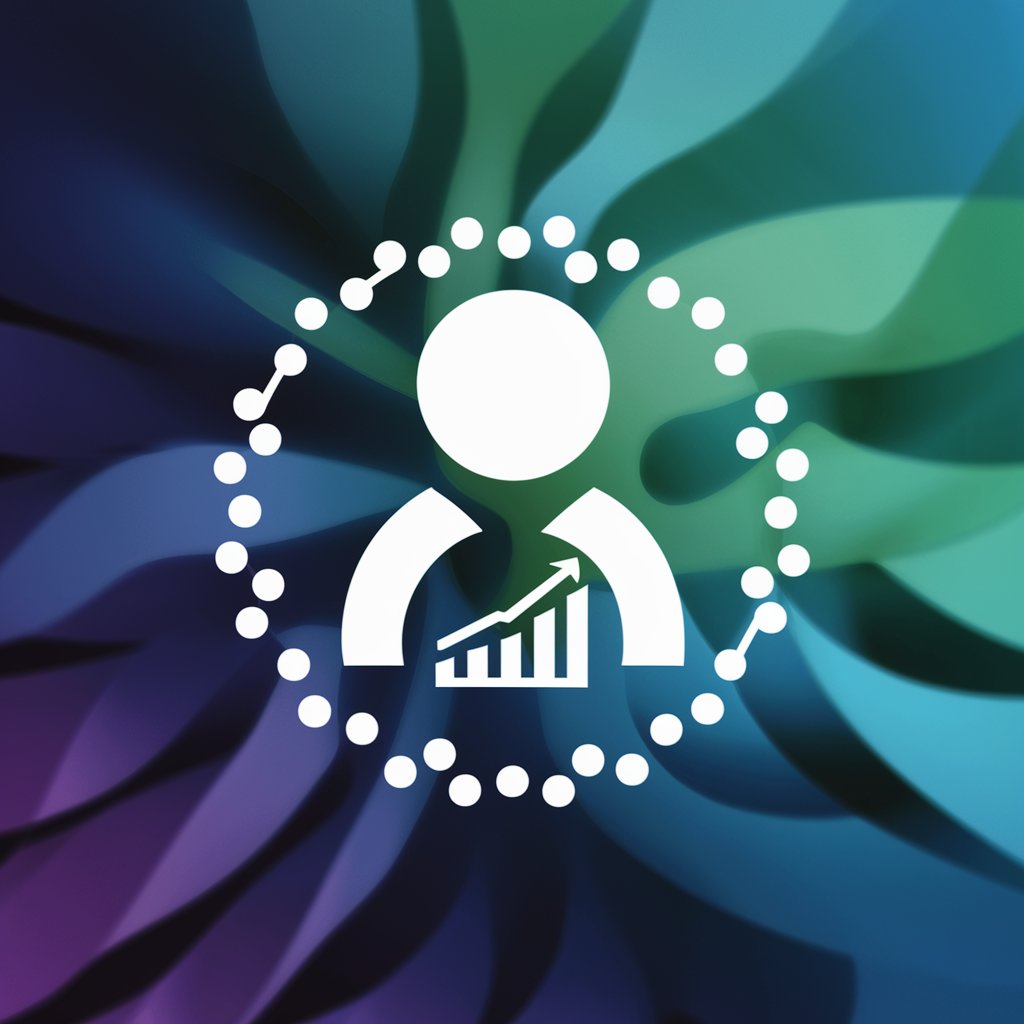
Welcome! How can I assist with your diversity and inclusion insights today?
Empowering Inclusion with AI Insights
Can you analyze the sentiment in the latest employee feedback regarding our diversity initiatives?
What patterns do you notice in the feedback about our inclusion programs?
Based on the data, what actionable steps can we take to improve our diversity and inclusion efforts?
Please provide a detailed analysis of the recent survey results related to employee inclusivity experiences.
Get Embed Code
Introduction to Diversity and Inclusion Analytics
Diversity and Inclusion Analytics is a specialized tool designed to assess and improve diversity and inclusion within organizations. It leverages data analysis to evaluate various aspects of workplace culture and employee experiences, helping to identify areas where diversity and inclusion practices may be enhanced. The analytics provide insights into demographic distributions, sentiment analysis from employee feedback, and trends in hiring, promotions, and retention rates among diverse groups. For example, by analyzing employee survey data, the analytics can pinpoint specific departments or teams that may experience lower levels of inclusion, guiding targeted interventions. Powered by ChatGPT-4o。

Main Functions of Diversity and Inclusion Analytics
Employee Sentiment Analysis
Example
Using natural language processing, this function analyzes qualitative feedback from employee surveys, identifying prevalent sentiments and emotions related to diversity and inclusion. This can help uncover hidden issues or validate perceptions of workplace culture.
Scenario
In a multinational company, sentiment analysis might reveal that employees in the Asian offices feel less included in decision-making processes compared to their European counterparts. This insight would enable targeted cultural training and inclusion strategies.
Demographic Analysis
Example
This function involves statistical analysis of workforce demographic data to ensure diverse representation across all levels of an organization. It can highlight disparities in representation that might not be evident from casual observation.
Scenario
A technology firm uses demographic analysis to discover an underrepresentation of women in senior engineering roles, prompting initiatives to support career advancement for women in tech within the company.
Trend Tracking and Prediction
Example
By examining data over time, this function identifies trends in diversity metrics and predicts future changes. This can inform proactive strategies to foster a more inclusive workplace.
Scenario
An educational institution tracks graduation rates across different demographics over the years. Discovering a widening gap in graduation rates, the institution can implement support programs specifically designed for groups that are lagging.
Ideal Users of Diversity and Inclusion Analytics
Human Resources Professionals
HR professionals can use Diversity and Inclusion Analytics to inform recruitment policies, training programs, and retention strategies. By understanding the intricacies of workforce diversity and employee sentiment, they can better align HR practices with the goal of inclusivity.
Senior Leadership
Executives and senior leaders benefit from using these analytics to gain a strategic overview of diversity and inclusion within their organizations. Insights derived from the data help them make informed decisions that can shape the company culture and influence overall business performance.
Diversity and Inclusion Officers
Specialists focused on diversity and inclusion initiatives find these analytics essential for measuring the effectiveness of current policies and practices. The data supports them in advocating for necessary changes and resources to improve diversity outcomes.

How to Use Diversity and Inclusion Analytics
Step 1
Visit yeschat.ai to initiate a free trial, no account or ChatGPT Plus required.
Step 2
Input your organization's employee feedback data into the provided templates to ensure compatibility.
Step 3
Utilize the analytics dashboard to configure and run diversity and inclusion reports tailored to your specific needs.
Step 4
Interpret the insights and patterns the tool provides to identify areas of improvement within your organization.
Step 5
Apply the actionable steps suggested by the analytics to enhance your diversity and inclusion strategies.
Try other advanced and practical GPTs
Diversity and Inclusion
Empowering Diversity with AI
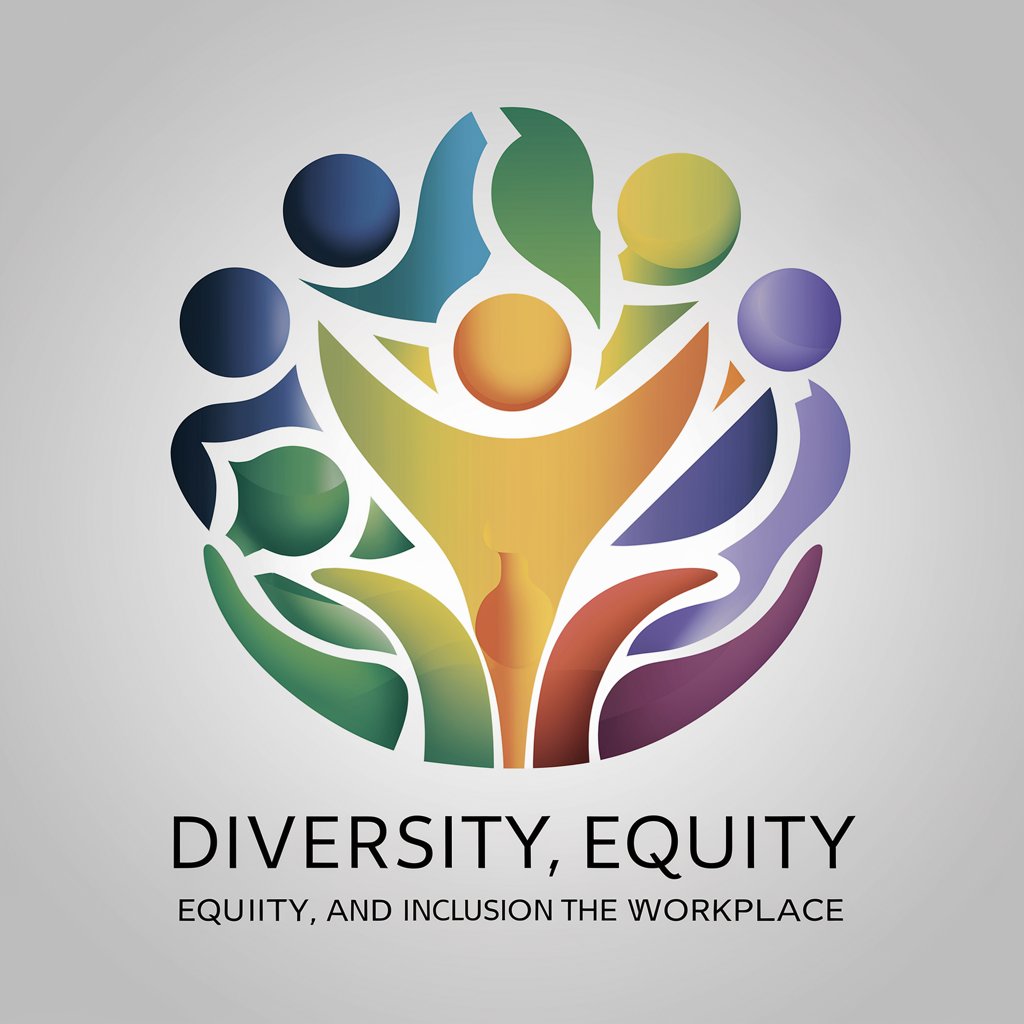
Cultural diversity
Empowering Communication with AI

Diversity Champion
Empower Inclusion with AI

Diversity
Explore Diversity with AI
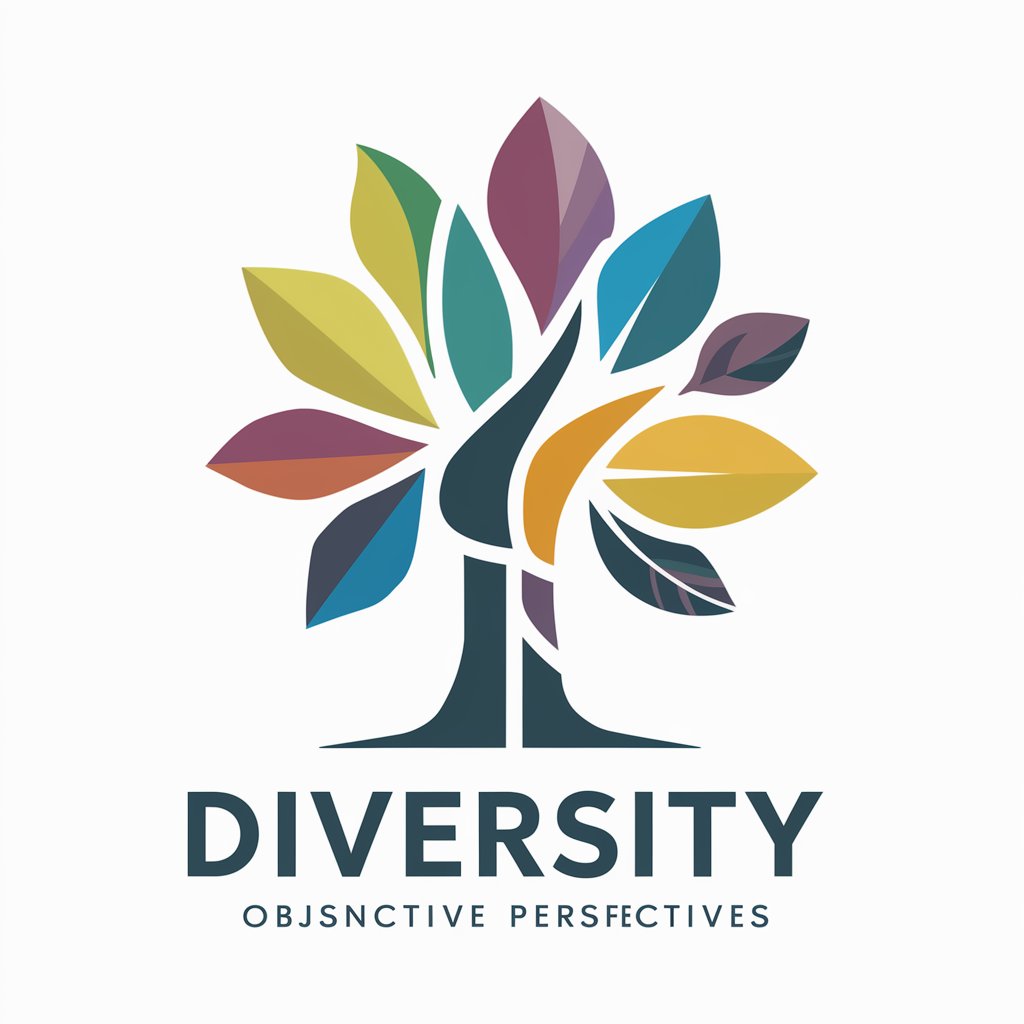
Diversity HR Helper
Empowering diversity with AI insight.
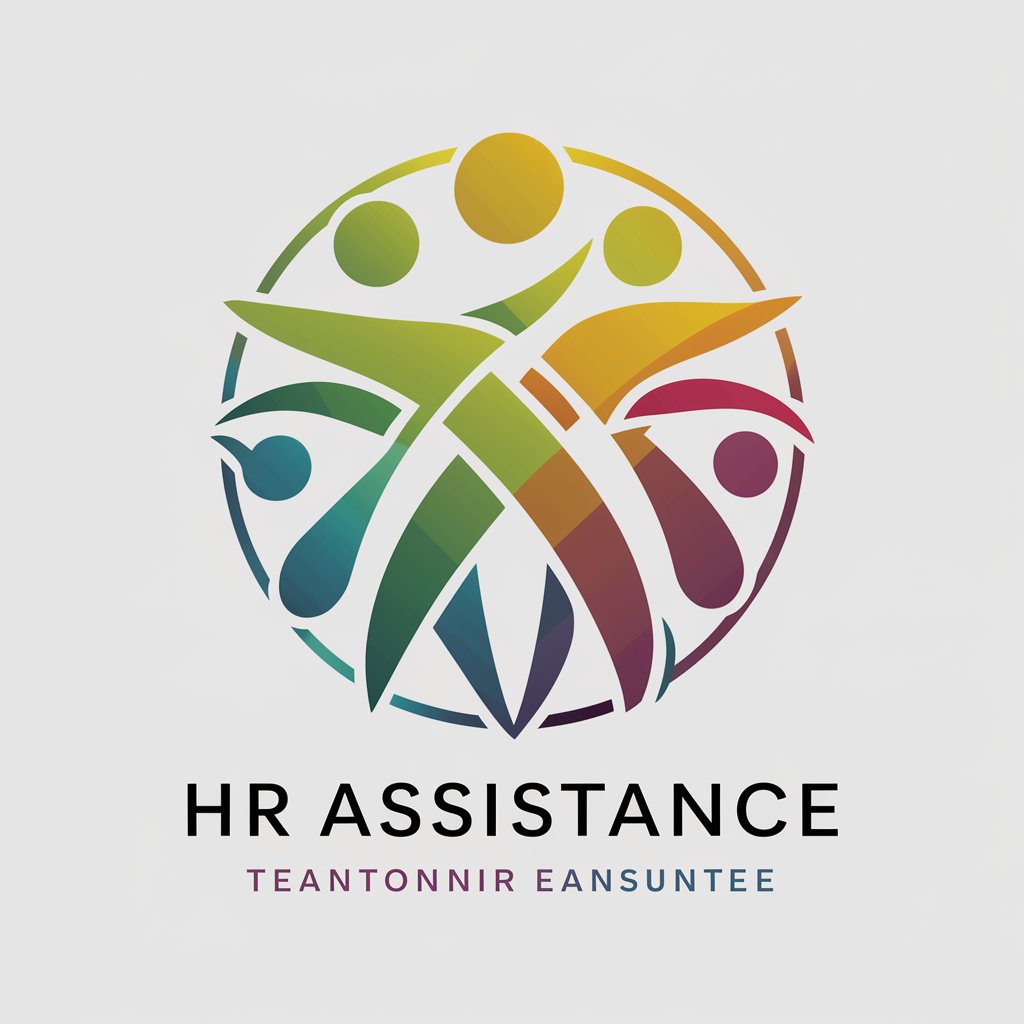
Meme Dreams
Craft Your Humor with AI

Your Diversity Helper
Empowering Diversity with AI
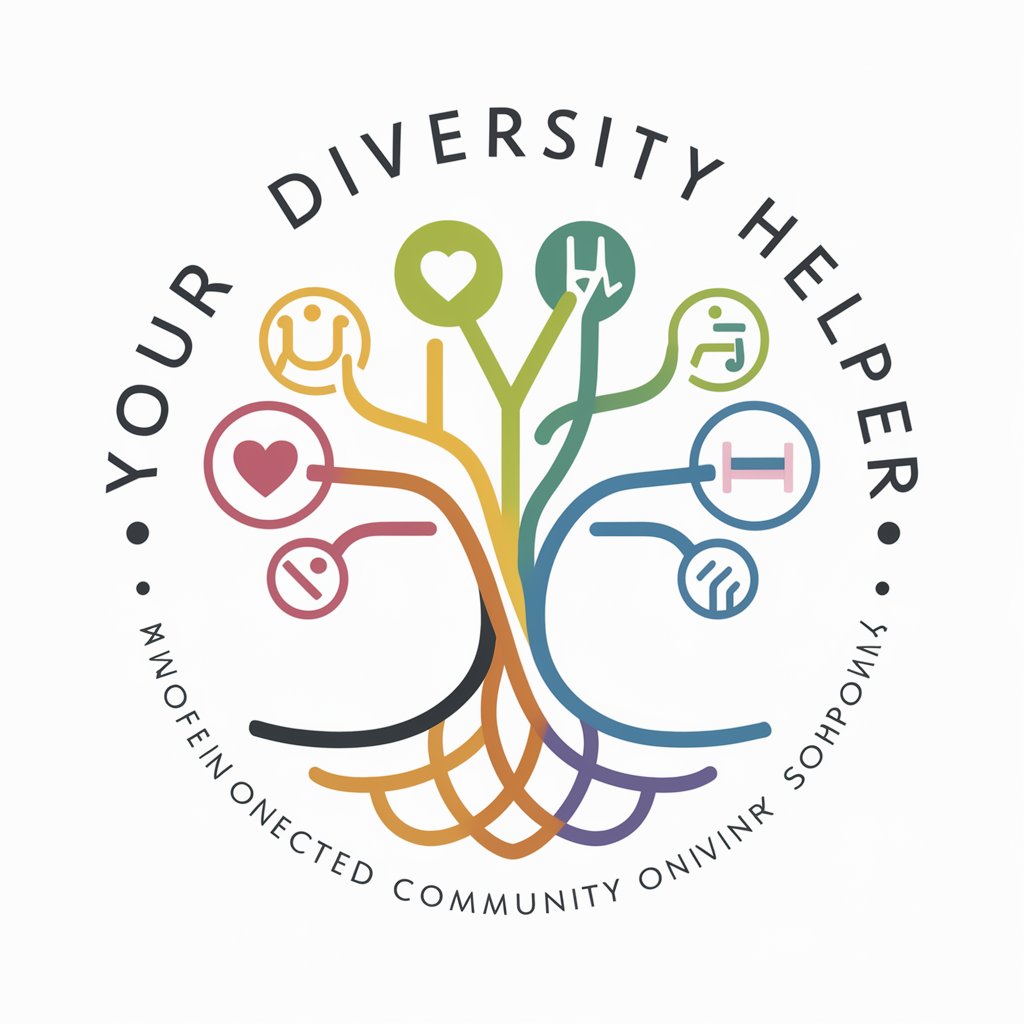
Diversity & Inclusion Goals Expert
Empower Diversity, Enhance Inclusion
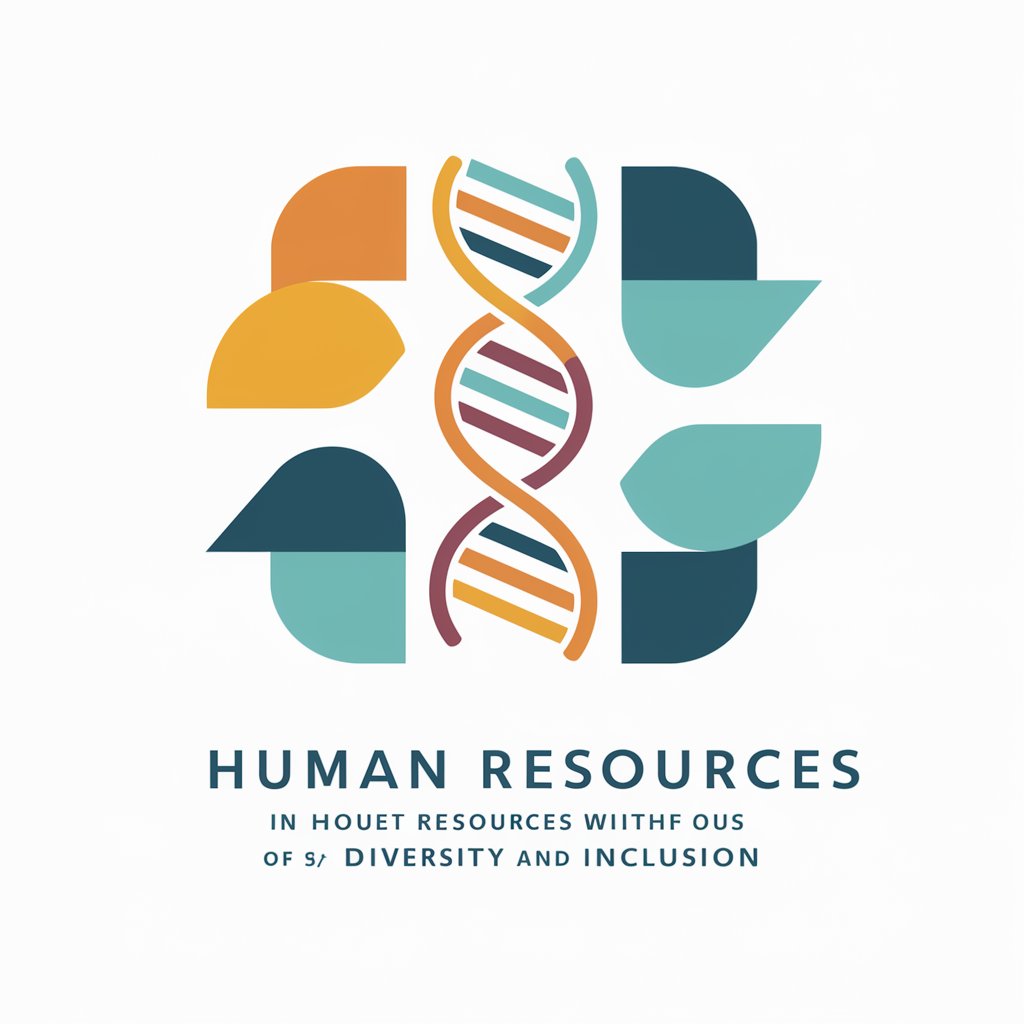
Innovate Inclusion & Diversity
Empowering Diversity with AI Insight
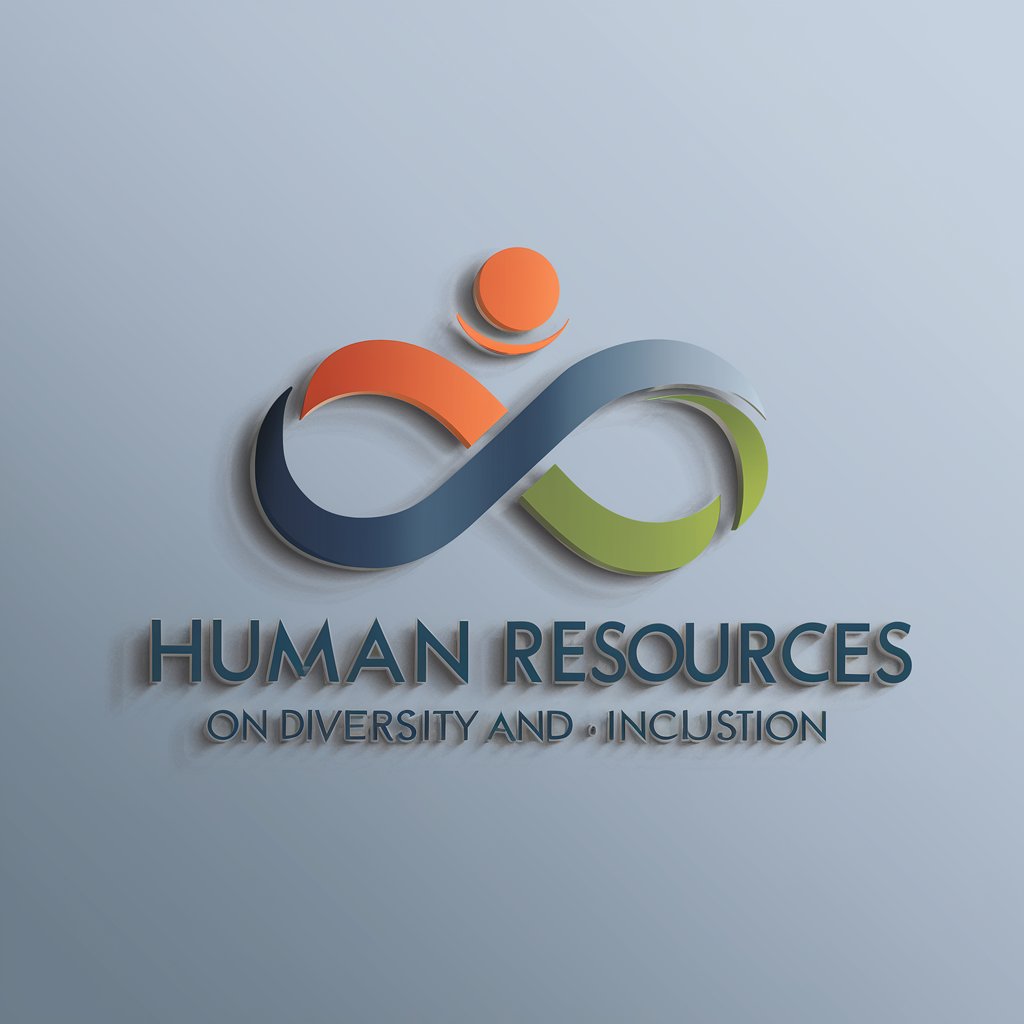
Diversity & Inclusion Bot
Empowering Diversity with AI
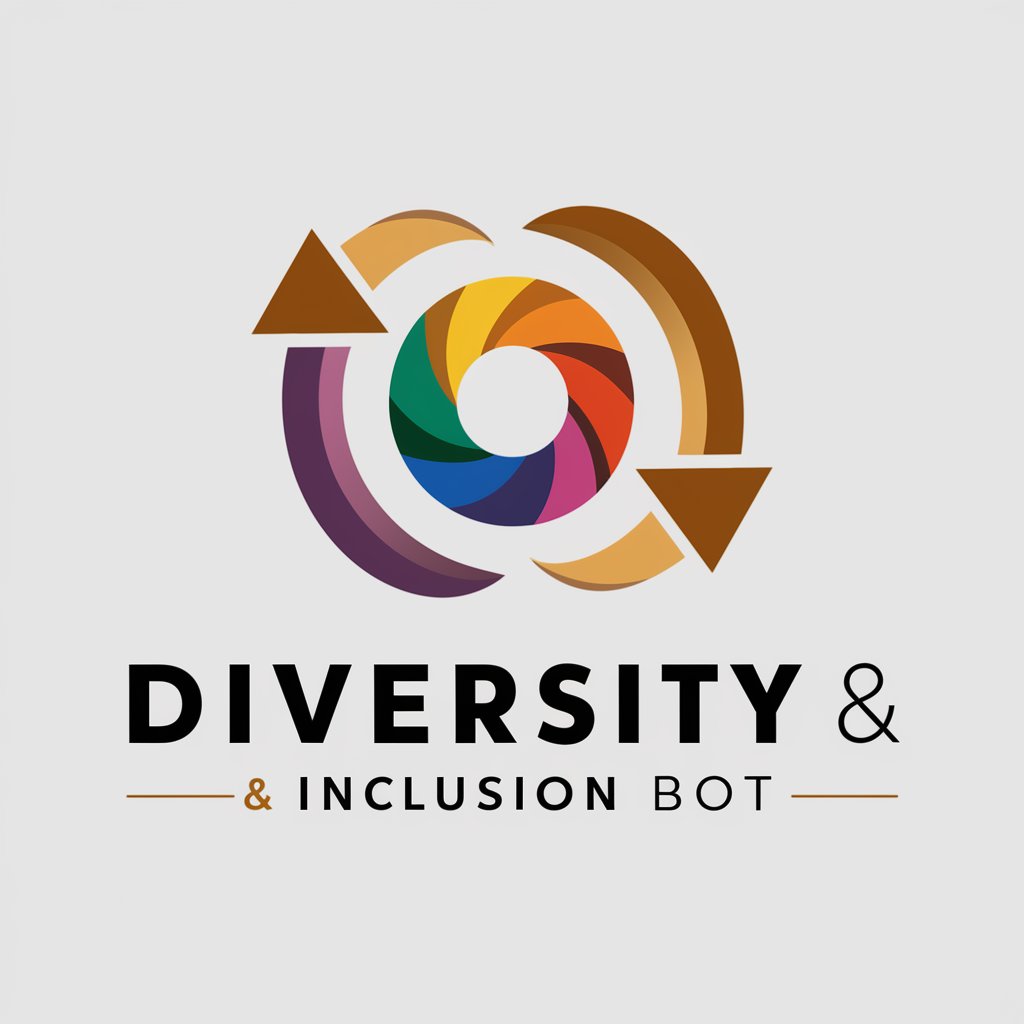
Canadian Tax Navigator
AI-powered Canadian tax guide

Norse Myth Weaver
Unleash the lore with AI-driven Norse mythology insights.

Frequently Asked Questions about Diversity and Inclusion Analytics
What type of data is needed for Diversity and Inclusion Analytics?
This tool requires employee feedback data, which can include survey responses, performance reviews, and other relevant HR data.
How does this tool help in making HR decisions?
By analyzing data trends and employee sentiment, it helps identify areas needing improvement and supports decision-making with actionable insights.
Can this tool predict future trends in workplace diversity?
Yes, it can analyze historical data to forecast potential future trends and suggest preemptive measures for diversity and inclusion.
Is it suitable for small businesses?
Absolutely, it is designed to scale according to the size of the business, making it suitable for small to large organizations.
How does the tool ensure data confidentiality?
It employs robust data encryption and anonymization techniques to ensure that all data remains confidential and secure.